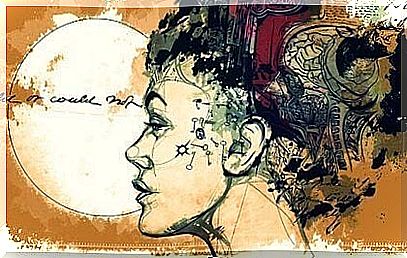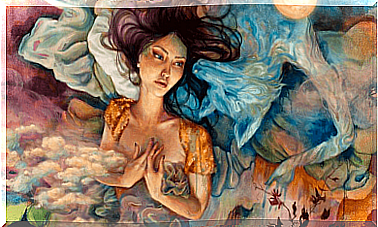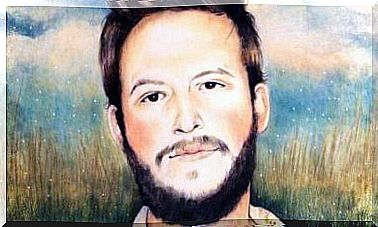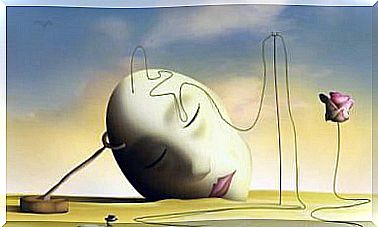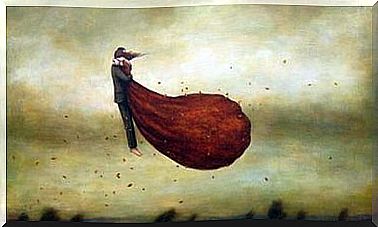Ruth Benedict And Anthropology Through Cultural Models
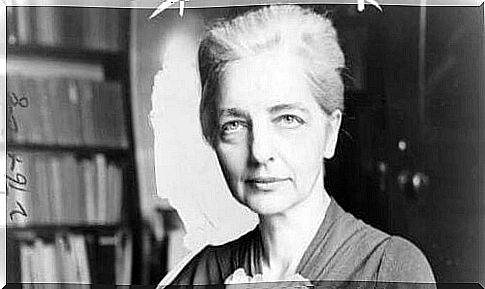
Ruth Fulton Benedict (New York, 1887-1948) was an American writer who specialized in anthropology. She started her professional life by writing poetry, then she discovered anthropology. When she was a student, she befriended anthropologist Margaret Mead. However, his mentor and teacher was Franz Boas. In fact, the followers of Boas were responsible for spreading relativistic ideas in the anthropological discipline. In addition, his studies bridged the gap between psychology and anthropology. Indeed, she belonged to the current known today as culture and personality.
However, Benedict’s life was not the most common. Especially considering the times in which she lived. At the end of the 19th century and for much of the 20th century, women did not have it easy. Indeed, access to university studies was mainly a male domain. Worse, the world of research was exclusively for men.
Ruth Benedict is a fundamental figure of the last century. And this, not only because of its contribution to anthropology, but also because of its exceptional character. She was a woman of humble origins. Throughout this article, we will learn about his many contributions and we will explore his life and work.
Benedict’s first steps in the academic world and the discovery of anthropology
First, the life and academic career of Ruth Benedict shattered the patterns established for a woman of her day. Ruth’s father was a surgeon, but died when she and her sister were still young. So the family moved from the city to the countryside to live with Ruth’s grandparents. His mother devoted herself to teaching. However, the family’s economic situation was not very stable.
Ruth and her sister were very good students. Thanks to this, they obtained scholarships which enabled them to access higher education. Despite her situation, Ruth Benedict managed to attend university and graduated in 1909 from Vassar University, majoring in English literature. She then spent 3 years as a secondary school teacher.
At around 30, she enrolled at Columbia University to study philosophy and anthropology. His motivations were to give social and intellectual meaning to his life. And this, beyond literature. There she met the great North American anthropologists of the time. Franz Boas, Robert Lowie and Alfred Kroeber.
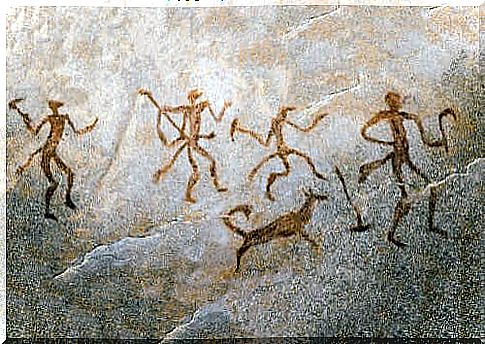
His first research
First, his first fieldwork took place in the summer of 1922 among the “serranos”, an ethnic group that resides on two Indian reservations in southern California. At that time, it was under the direction of Alfred Kroeber. She gave her first anthropology lessons with Franz Boas to a group of high school students between 1922 and 1923. The following year, she moved to Columbia. It was here that she began to work as an assistant, then as a teacher from 1930.
The beginnings of Ruth Benedict’s career represent the progressive empowerment of women in North America at the turn of the 20th century. She worked away from home and she did a lot of fieldwork all over the country. In parallel with all these activities, she published in scientific journals. This woman is a fine example of strength and power which, unfortunately, was not common at that time.
Ruth Benedict and her contributions to anthropology
His doctoral thesis was published in 1934 under the title Patterns of Culture . This work is now considered a classic of anthropology. All of the ideas presented by Benedict in this book are still relevant today and are widely accepted today. However, at the time it was very new.
In Patterns of Culture , she also proposes the concept that cultures grant greater privilege to certain personalities and reject others. Indeed, this would form specific cultural models. Therefore, cultural patterns directly influence the formation of the personality of each member of a society.
During World War II, Ruth Benedict discovered a new field of study for her time. She applied anthropological thought to the study of contemporary and modern societies through interviews and written documents, rather than fieldwork.
In addition, during this time of conflict, Ruth Benedict used her knowledge and experience to remotely study certain societies in Romania, Siam, Germany and the Netherlands. Almost at the end of the war, she became interested in Japan, and this is what appeared a book entitled The Chrysanthemum and the Sword ( The Chrysanthemum and the Sword ). This text is now considered a classic. She analyzes the cultural models most characteristic of Japanese culture of the time.
These remote anthropological experiments led to the development of a manual on the subject: The study of culture at a distance . In the spring of 1947, she directed a large project on contemporary cultures in France, Germany, Poland, Russia and China.
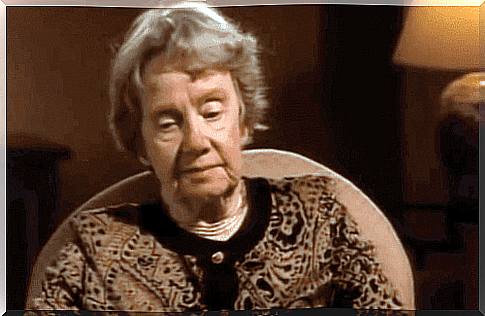
The search for cultural models
In her book Patterns of Culture , Ruth Benedict points out that what is really important in shaping individual behavior. She says it is the culture that is important, not the biological aspects. Therefore, the differences in behavior between different societies are due to their culture. Cultures therefore shape different models. To demonstrate this, she compared three cultures that were different from each other. It was about cultures:
- Zuñi (from New Mexico): it is a culture which, for the author, is characterized by great tolerance
- Dobu (from the island of the Entrecasteaux archipelago, New Guinea): it is a culture in which members have social relations dominated by hostility, with a normative value
- Kwakiutl (from Vancouver Island) : They exhibit a pathological sense of social prestige. Indeed, it is the most important thing for them in everyday life
After having described in detail each of these 3 cultures, Ruth Benedict reflected on various theoretical questions. For example, culture as an object of study in anthropology or the importance of cultural diversity and the complex relationship between the individual and the collective. In other words, she questioned the relationship between the personality of each member and cultural models in a society.
Conclusion of Ruth Benedict’s research in anthropology
From his research in anthropology, Benedict concluded that cultures are configurations of beliefs, attitudes, knowledge and emotions that characterize a society. It is not a simple accumulation, but rather an interdependent whole which forms particular cultural models.
Eventually, because of her exceptional and free career, Ruth Benedict became president of the American Anthropological Association (AAA) in 1946. An institution of great influence in the discipline of anthropology.
Finally, Benedict was therefore a woman ahead of her time. She had romantic relationships with women and lived off what she loved the most. His studies are still relevant today. Moreover, she managed to see the threat of Nazism and tried to face it through education.
